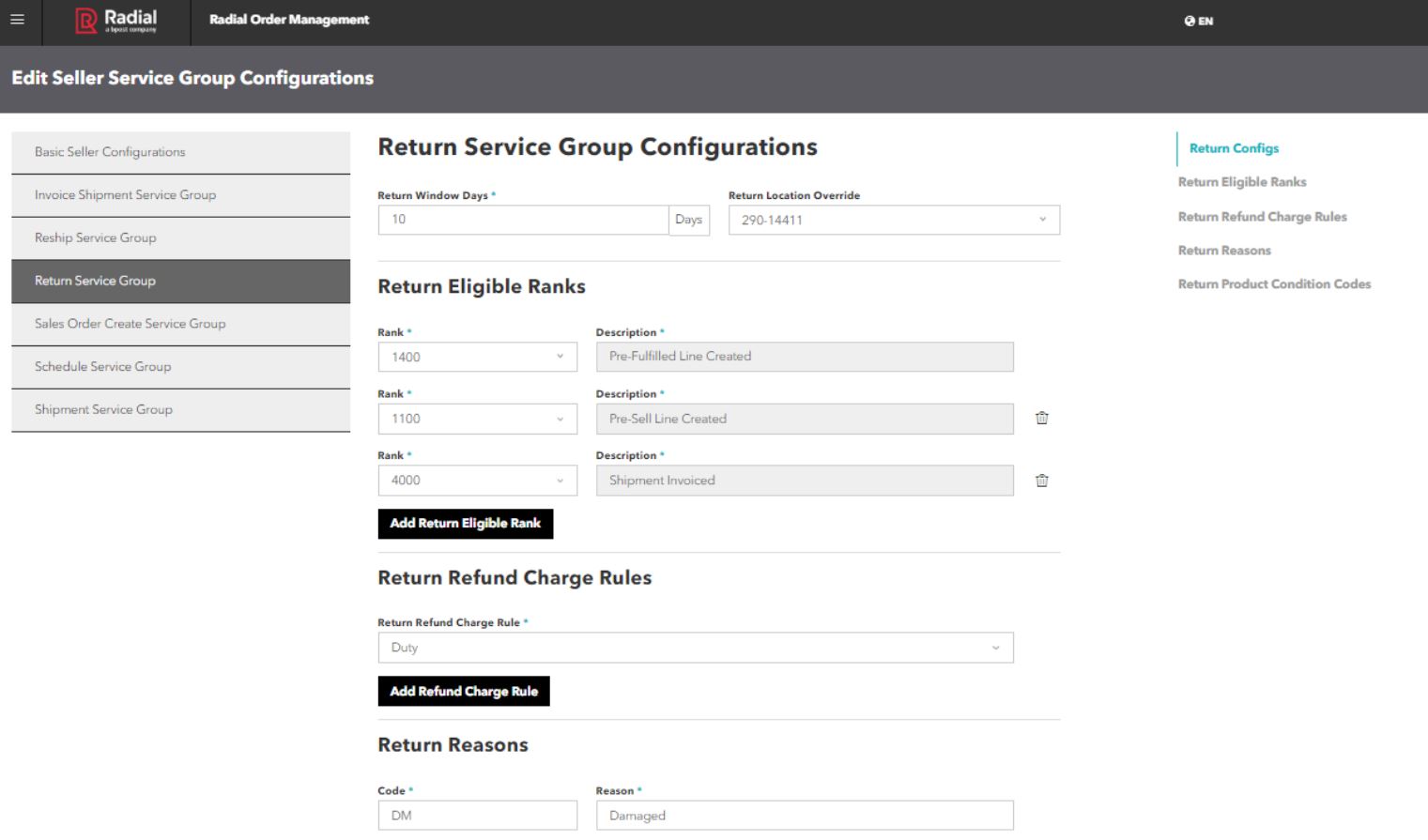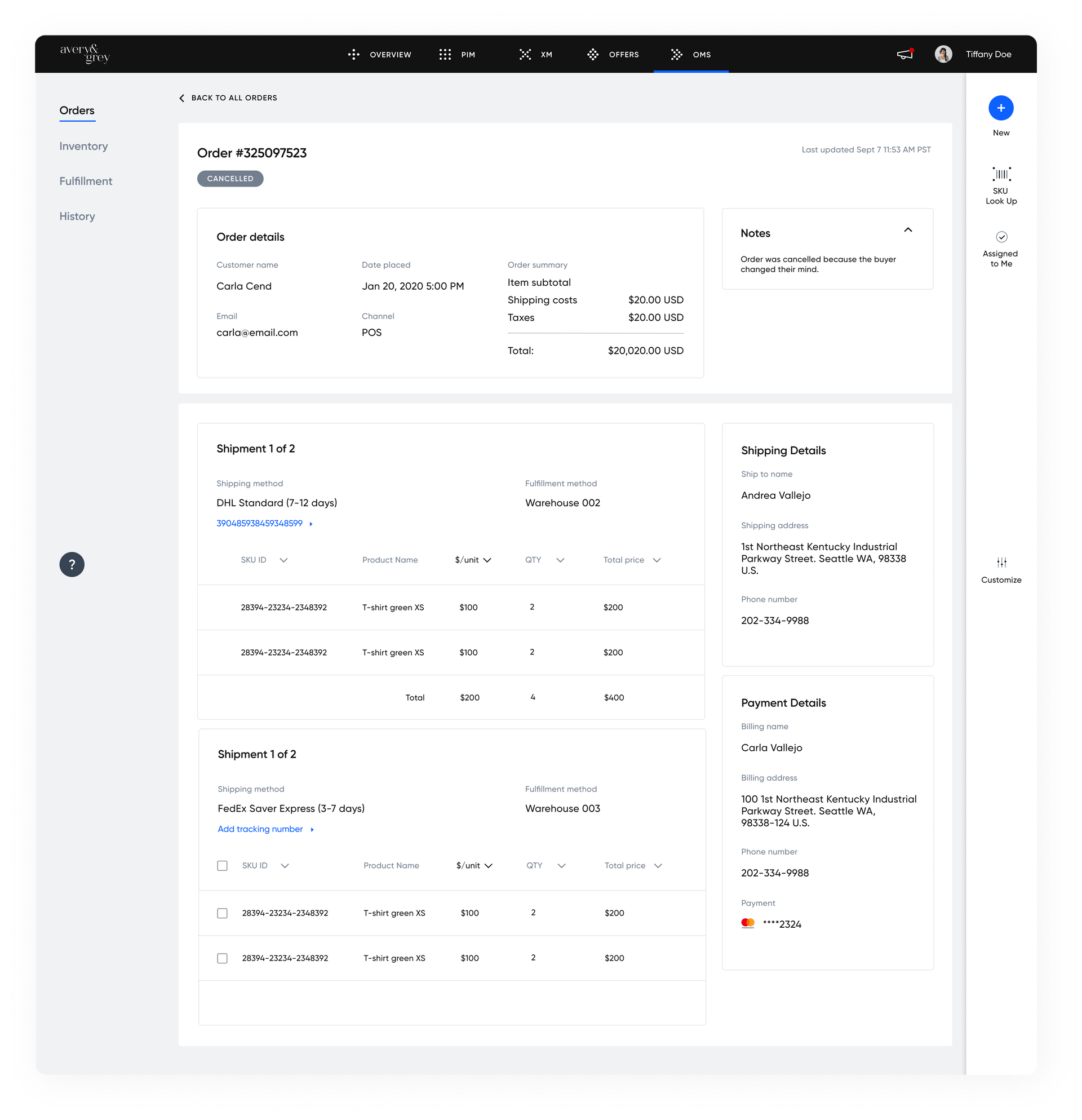What Is Radial Order Management and Its OMS Alternatives

Radial order management (ROM) is a standalone solution that helps brands and retailers create an optimized shopping journey for their customers. It emphasizes omnichannel commerce, handling different aspects of the supply chain on a more centralized platform.
Founded in 2016 after eBay Enterprise merged with Innotrac, Radial is also known for other e-commerce suites of solutions, including fulfillment and transportation, payments, and fraud care. To adjust to growing customer demands and create a seamless customer experience, Radial launched ROM 20.2 in 2020.
ROM comes with an updated user experience to help retailers within Radial’s network develop greater efficiency in picking, packing, and shipping products, so they can fulfill more orders and reduce costs. However, despite the recent upgrade, its legacy architecture does not offer the flexibility and scalability of modern headless architecture.
[toc-embed headline=”Radial Order Management Overview”]
Radial Order Management Overview
Advantages of Radial order management
Radial order management creates e solutions that connect retailers to customers quickly. Its newly upgraded version is pre-integrated with Salesforce, Magento, and Commerce Cloud, making it faster for a sales team that uses Salesforce CRM to transfer information to the OMS.

Radial order management also provides users with a customized interface and innovative designs, making it easier to adjust to the industry’s demand and remain top-of-mind. With 30 years of direct-to-customer (D2C) expertise, Radial order management is a cloud-based solution that simplifies complexities and lowers the total cost of ownership.
Radial order management integrates with the rest of Radial’s system, which is convenient for businesses that use Radial’s 3PL or fraud protection services. In addition, it can optimize enterprise-wide inventory, shrink omnichannel enablement cost, and turn ordinary stores into strategic fulfillment centers.
Disadvantages of Radial order management
Today, 83% of buyers are more likely to purchase from a brand if they offer free shipping. Another 50% are using smartphones to make purchases online. Consumer behavior is constantly changing, and Radial’s legacy architecture can not adapt to these demands.
Its older monolithic platform doesn’t take advantage of headless and microservices-based technology. Despite reducing costs, Radial’s monolithic nature lacks flexibility and scalability. Also, the dashboard contains irrelevant information that makes it feel less intuitive.
Although Radial order management integrates with Salesforce, Magento, Commerce Cloud, and other Radial systems, most users have trouble fitting it with newer software. Its integrations are also time-consuming and often require additional costs for each app you add.
[toc-embed headline=”Alternatives to Radial Order Management”]
Alternatives to Radial Order Management
There are a lot of alternatives to Radial order management, some from similar traditional platforms and others from headless commerce. Comparing both options can give a clearer view of this omnichannel commerce technology and help you decide which one is best for your e-commerce business.
Traditional alternatives
- Oracle OMS has a robust feature set that makes it a leader among traditional platforms. However, its legacy system architecture puts it at a disadvantage today.
- IBM Sterling order management provides functionality and ensures performance with its fulfillment capabilities. However, like every legacy platform, it takes longer to deploy.
- Manhattan order management offers dynamics similar to modern headless commerce. Its 360 repository view lets retailers view customers’ online and in-store orders. However, its cluttered user interface and frequent failure of primary administrative tools make it unfit to adapt to customer demands.
Modern alternatives
- Shopify is among the industry leaders leveraging modern headless architecture to create scalable solutions for retailers. However, its adoption of modular commerce instead of the microservices-based architecture puts it in the same category as traditional platforms in the future.
- BigCommerce’s headless approach offers the flexibility and customization features that help e-commerce brands and retailers create a seamless omnichannel experience. However, the high cost of its modular architecture is costly for small businesses.
- fabric OMS has a cutting-edge architecture that connects existing e-commerce systems or third-party services using APIs. These APIs let you integrate data and reach customers quickly across channels.
[toc-embed headline=”Key Takeaways”]
Key Takeaways
- Radial order management leverages omnichannel commerce to help brands and retailers create optimized shopping experiences for customers.
- Radial order management’s newly upgraded version integrates well with Salesforce, Commerce Cloud, and Magento.
- Alternatives, including modern headless commerce, provide greater flexibility and scalability than Radial order management.
- With the cutting-edge architecture of fabric OMS, brands and retailers can connect efficiently with every aspect of their supply chain.

Tech advocate and writer @ fabric.
